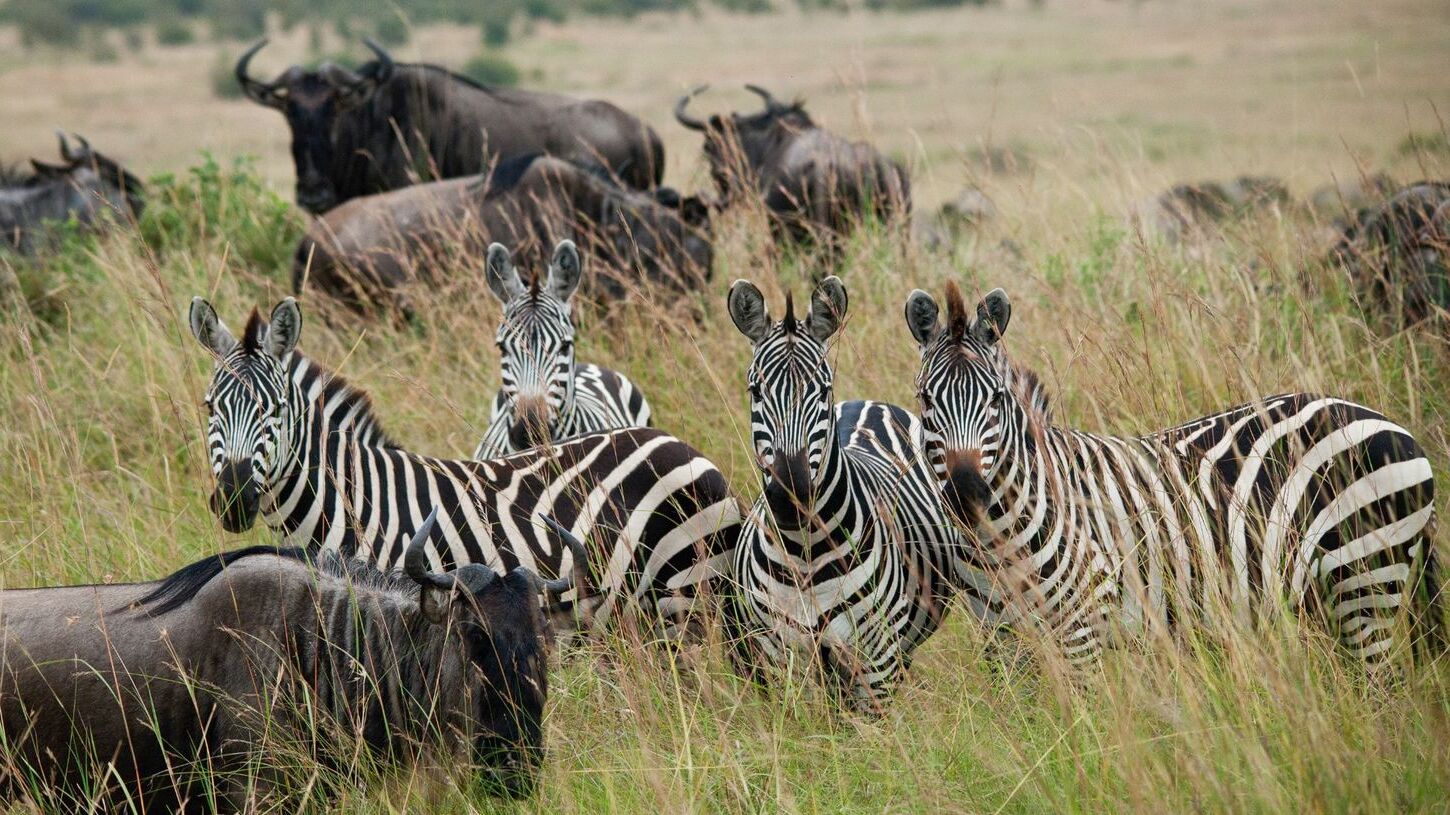
Did you know that the animal kingdom is full of surprises? From the tiniest insects to the largest mammals, wildlife never ceases to amaze. Ever heard of a shrimp that can punch with the force of a bullet? Or a frog that can freeze itself solid and thaw back to life? These creatures have evolved in incredible ways to survive and thrive in their environments. In this post, we’ll share 22 mind-blowing facts about diverse wildlife that will leave you in awe. Whether you’re a nature enthusiast or just curious, these facts will give you a new appreciation for the wonders of the natural world. Get ready to be amazed by the incredible diversity and ingenuity of wildlife!
Mammals: The Diverse World of Fur and Warm Blood
Mammals are fascinating creatures with unique characteristics. From the largest whales to the tiniest shrews, they inhabit every corner of the globe.
- Blue whales are the largest animals ever known to have lived on Earth. They can grow up to 100 feet long and weigh as much as 200 tons.
- Bats are the only mammals capable of sustained flight. Their wings are actually modified hands with elongated fingers.
- Dolphins are incredibly intelligent and have been observed using tools. They use marine sponges to protect their snouts while foraging on the seafloor.
- Elephants have the longest gestation period of any mammal, lasting about 22 months. This long pregnancy helps in the development of their large brains.
- Kangaroos can leap over 30 feet in a single bound. Their powerful hind legs and large feet make them exceptional jumpers.
Birds: Masters of the Sky
Birds are known for their ability to fly, but there's much more to these feathered creatures than meets the eye.
- Hummingbirds can flap their wings up to 80 times per second. This rapid movement allows them to hover in place while feeding on nectar.
- Penguins are flightless birds that excel at swimming. They can dive to depths of over 500 meters in search of food.
- Owls have specialized feathers that enable silent flight. This adaptation helps them sneak up on their prey without being detected.
- Albatrosses have the largest wingspan of any bird, reaching up to 12 feet. Their long wings allow them to glide effortlessly over the ocean for hours.
- Peacocks are known for their stunning tail feathers, which they fan out in a display to attract mates. Each feather is adorned with eye-catching "eyespot" patterns.
Reptiles: Ancient Survivors
Reptiles have been around for millions of years, adapting to various environments and evolving unique traits.
- Crocodiles have the strongest bite of any animal, with a force of over 3,700 pounds per square inch. This powerful bite helps them catch and hold onto prey.
- Chameleons can change their skin color to blend into their surroundings. This ability helps them avoid predators and communicate with other chameleons.
- Komodo dragons are the largest lizards in the world, growing up to 10 feet long. They have a venomous bite that can incapacitate their prey.
- Turtles have been around for over 200 million years. Their hard shells provide protection from predators and harsh environments.
- Geckos have specialized toe pads that allow them to climb smooth surfaces. These pads are covered in tiny hair-like structures that create a strong adhesive force.
Amphibians: Life in Two Worlds
Amphibians are unique in that they live both in water and on land during different stages of their lives.
- Frogs can breathe through their skin. This adaptation allows them to absorb oxygen directly from the water or air.
- Salamanders can regenerate lost limbs. If a salamander loses a leg, it can grow a new one over time.
- Axolotls are a type of salamander that remains in its larval stage throughout its life. They retain their gills and live in water, even as adults.
- Toads have dry, bumpy skin compared to the smooth, moist skin of frogs. This adaptation helps them survive in drier environments.
- Newts can produce toxins to deter predators. These toxins are secreted through their skin and can cause irritation or harm to potential threats.
Insects: The Tiny Titans
Insects are the most diverse group of animals on Earth, with millions of species adapted to various environments.
- Bees play a crucial role in pollination, helping plants reproduce by transferring pollen from one flower to another. Without bees, many crops would fail to produce fruit.
- Ants can lift objects up to 50 times their body weight. This incredible strength allows them to carry food and building materials back to their colonies.
Nature's Wonders Await
Wildlife diversity is truly mind-blowing. From the majestic blue whale to the tiny bumblebee bat, each species plays a unique role in our ecosystem. Understanding these creatures helps us appreciate the delicate balance of nature. Remember, conservation efforts are crucial to protect these amazing animals and their habitats. By learning more about them, we can make informed decisions that benefit both wildlife and our planet.
Next time you spot a rare bird or watch a documentary on marine life, think about the incredible facts you've learned. Share this knowledge with friends and family to spread awareness. Every small action counts in preserving the natural world. So, keep exploring, stay curious, and always respect the wildlife around you. Nature's wonders are waiting to be discovered!
Was this page helpful?
Our commitment to delivering trustworthy and engaging content is at the heart of what we do. Each fact on our site is contributed by real users like you, bringing a wealth of diverse insights and information. To ensure the highest standards of accuracy and reliability, our dedicated editors meticulously review each submission. This process guarantees that the facts we share are not only fascinating but also credible. Trust in our commitment to quality and authenticity as you explore and learn with us.


